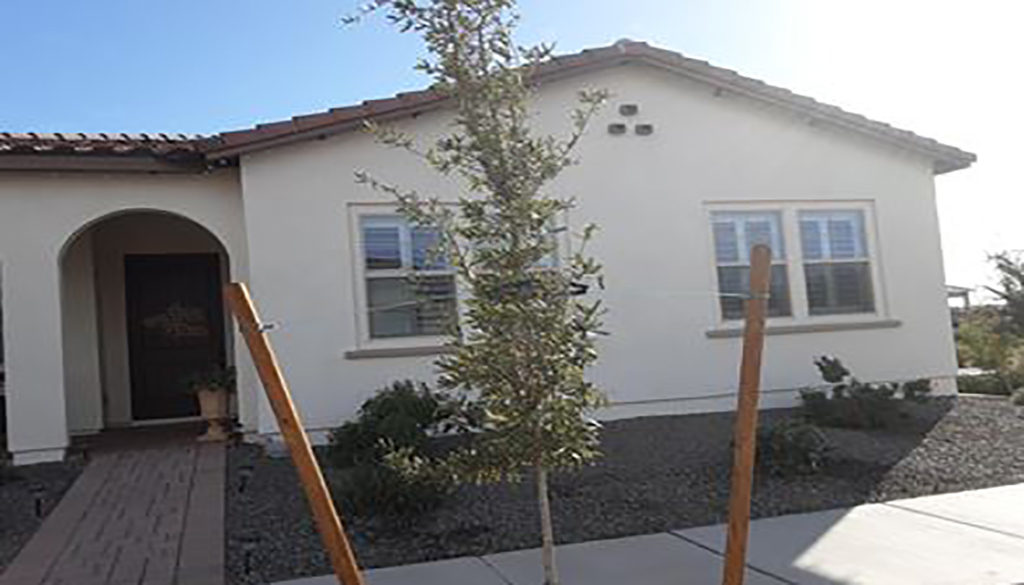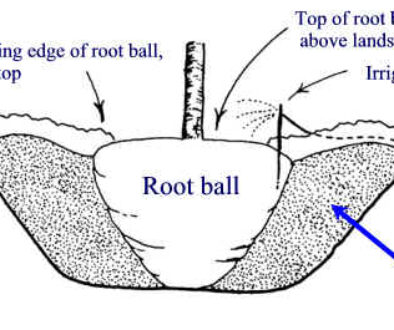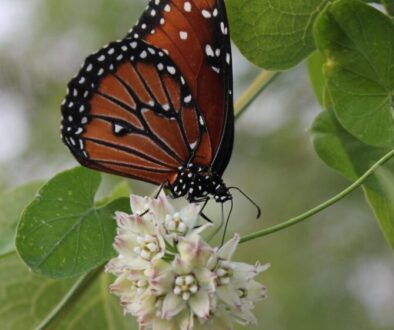Arizona Arbor Care; Tree Staking
Tree staking of younger trees here in Arizona is a common practice that promotes strength and proper growth of the tree. This practice holds tree roots in the soil until they are able to securely establish themselves and helps these young trees in the transition from nursery to landscape. This important step is not necessary for every young tree (multi-trunk trees and low branching trees can typically be planted without a stake) however it can make a world of difference for smaller, main trunked trees that do need growing assistance.
When staking, it is crucial to ensure that you are following the proper steps, monitoring the staking materials and tree growth, and not leaving the stake on the tree for too long. There are detrimental effects for those trees where staking is performed improperly.
Here at ELS, we have an entire division of our company dedicated to Arizona arbor care and this team has come up with some helpful tips and best practices for tree staking that will help you ensure your next young tree is staked properly and can grow to its full potential.
Staking Best Practices
- Position tree stakes outside of the rootball
- Position stakes at a depth of 24 inches. Utilize 2″ poles on each side of the tree and ensure that wires/ties used are coated with plastic or flexible to protect the tree itself
- Monitor tree growth and staking materials so that the stake is removed at the appropriate time without causing damage to the tree
- Change and adjust wires/ties if they effect tree growth over time
- Ensure tree is not tied too tightly- the top of the tree should be able to move freely in the wind while the trunk remains stable and anchored
- Remove staking materials once the trunk of the tree is 3/4 inches in diameter or the tree is able to securely stand by itself
For more information about tree staking and/or tree management for your HOA community or commercial property, reach out to our Arbor Divison!




